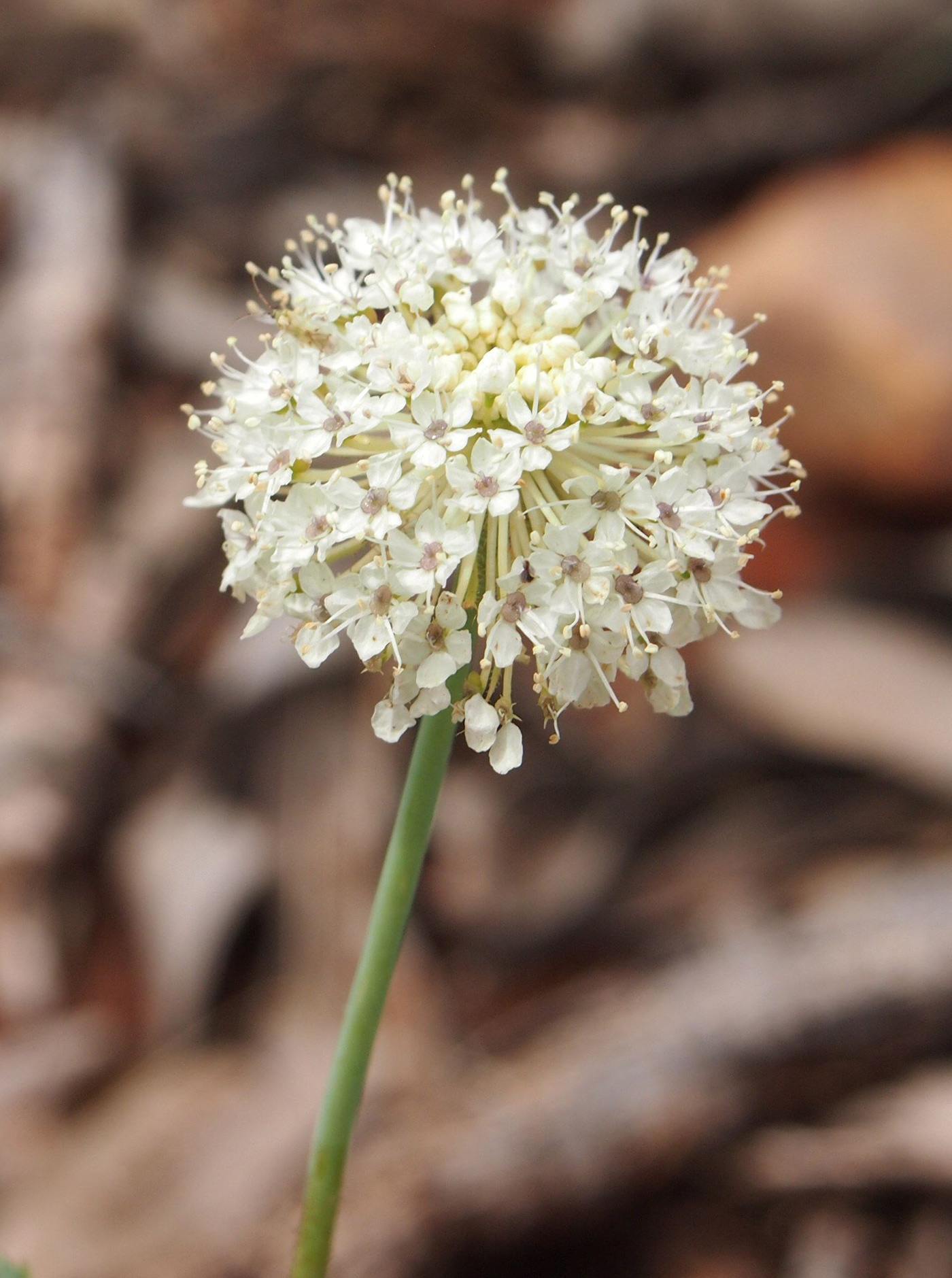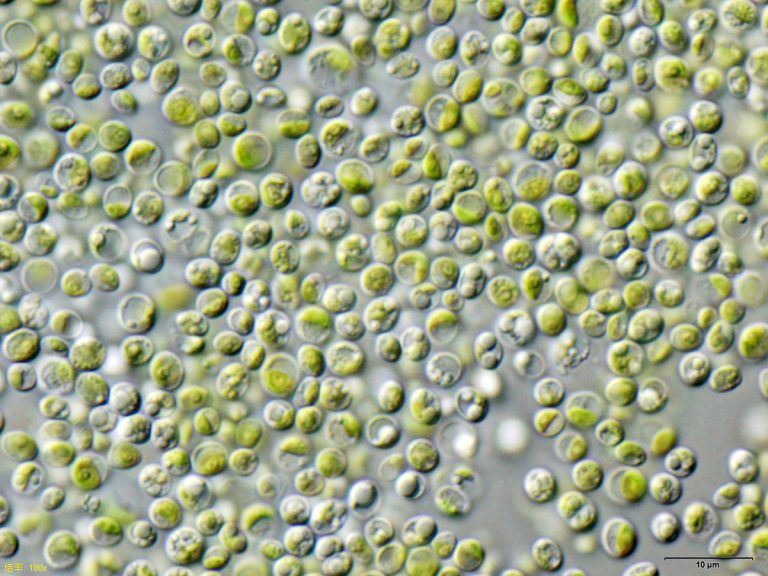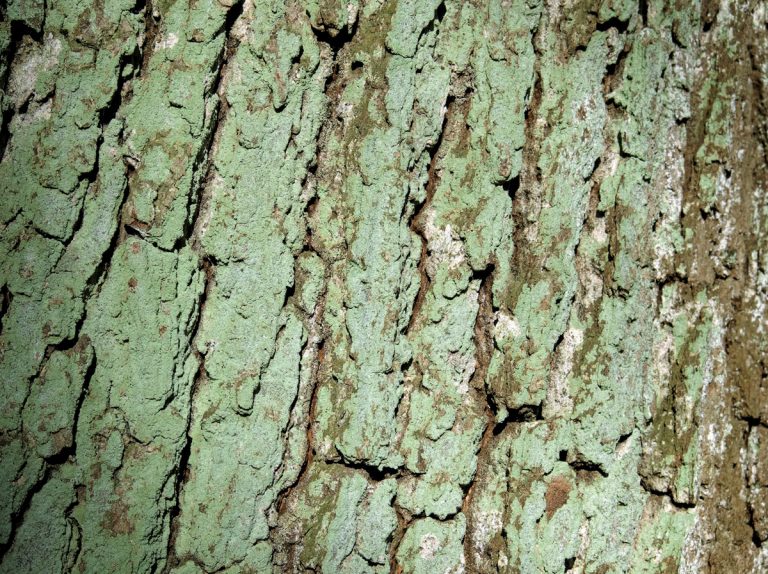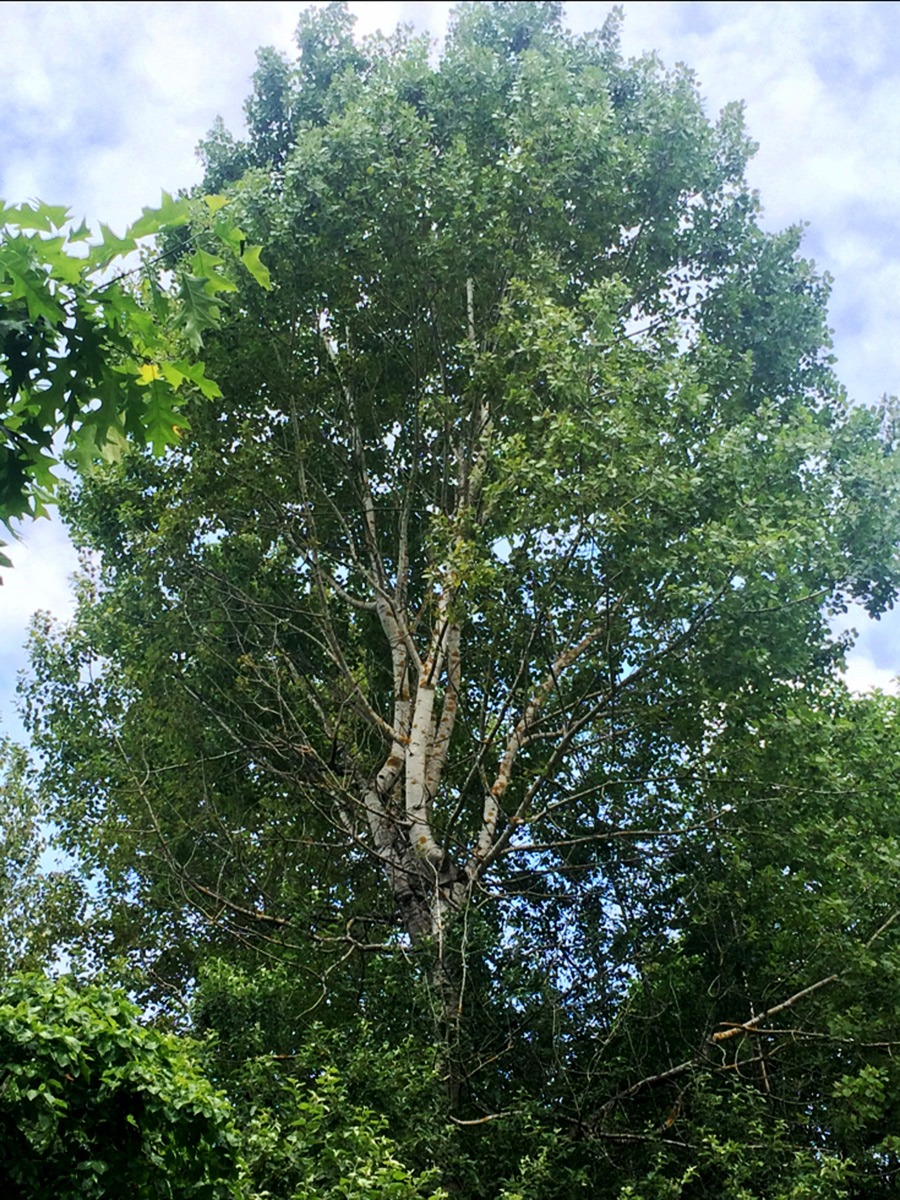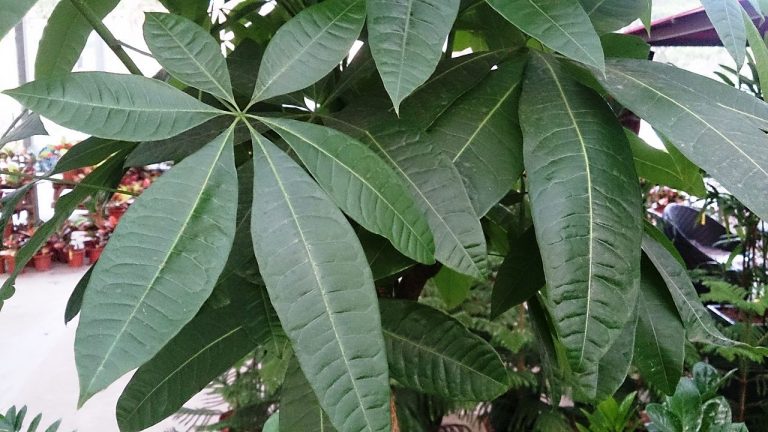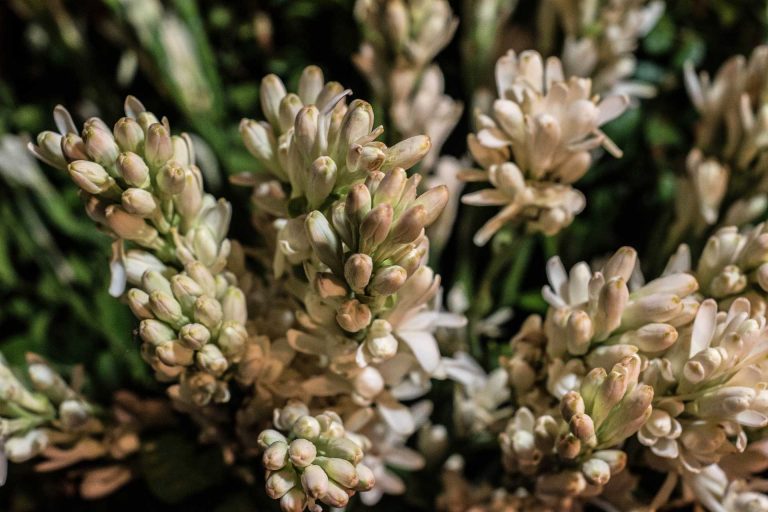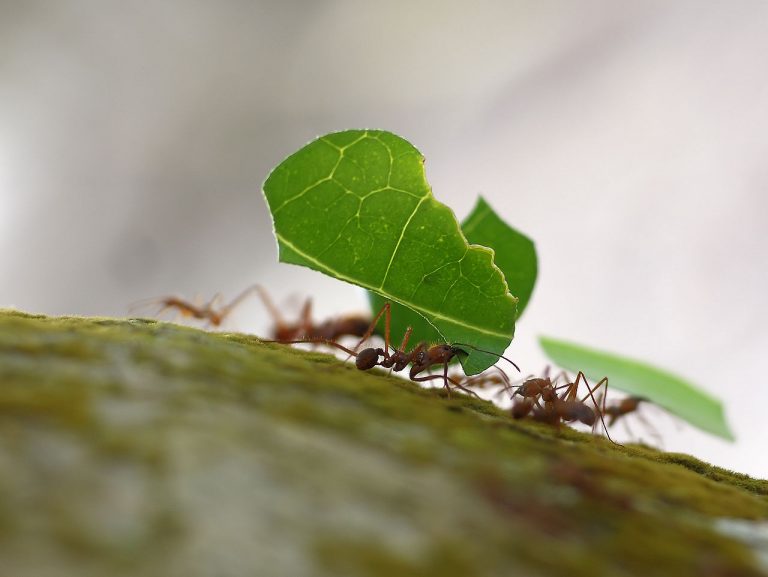Blue Lace Flower – Closely Resembling Queen Anne’s Lace
Scientific Classification
| Kingdom: | Plantae |
| (unranked): | Angiosperms |
| (unranked): | Eudicots |
| (unranked): | Asterids |
| Order: | Apiales |
| Family: | Araliaceae |
| Genus: | Trachymene Rudge |
Blue Lace flower is a part of the genus Trachymene or Didiscus, belonging to the family Araliaceae, scientifically referred to as Didiscus caeruleus. Botanists call the Blue Lace Flower (caeruleus) an epithet that means ‘sky-blue’. Blue Lace Flowers inhabit Australia, but there is not much information about how this flower migrated to the New World. The Latin name of this plant is Trachymene Coerulea, even though people also recognize by another Latin name, Didiscus Coeruleus. Possibly, someone lifted the Blue Lace Flowers to England and further took the effort to propagate it in the United States.
Anatomy
The Blue Lace Flower is a magnificent light blue-colored flower that closely resembles Queen Anne’s lace. The plant is in reality has a close association with Ammi Majus, the garden flower locally called False Queen Anne’s Lace. Its stem of 24 to 30 inches bears the beautiful flowers, which retains its color, beauty and form for several days as cut flowers.
How to Cultivate Domestically
Preparation for Planting
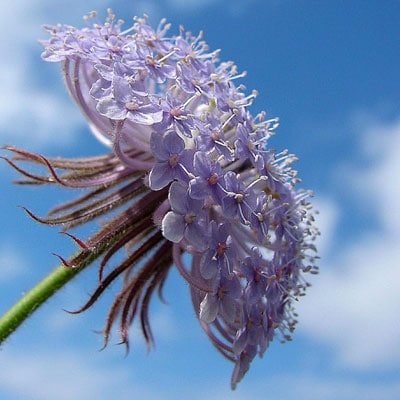
Photo by: Louise Docker
Prior to setting up the garden bed. Verify the alkalinity and acidity of the soil using a soil testing kit. This will cater to the need of resolving the suitability of a particular plant for your soil or vice versa. In places where you find stagnant water, inspect the proper draining power of the soil. Clear the planting site from debris and weeds; keep on clearing the location of weeds as and when they appear. In order to enhance the retention and drainage of water and to enrich the fertility of the soil, add two to four inches of compost or old manure and work it into the planting area 7 to 10 days prior to planting your Blue Lace Flower.
Planting
Plant your Blue Lace Flower seeds inside, within six to eight weeks in advance of the frost date. Firm your flower seeds down the soil to not more than 1/16th inch. Until the seeds germinate, maintain the moisture of the seeds. When the shoots grow sufficiently large for handling, shift into pots outdoors and slowly give those 10 to 15 days to get used to the outside environment. When you are completely free from frost, plant your Blue Lace Flowers outdoors. When you grow them in a greenhouse, plant them at a distance of 6 to 8 inches from each other in benches or pots of 5 to 6 inches. Watch out to maintain the moisture of the soil when you water.
Placement and Watering
The flowers grow easily from the lace flower seeds. Blue Lace Flowers are not difficult to maintain and they are trouble free; they prefer a partially sunny and sheltered portion in your garden. Soil saturation happens when you do extra watering. Drain out the excess water within a convenient time. When you have extra water content, or when the soil is packed, acute problems occur. Surplus watering and insufficient watering have the same effect leading to withering away of the leaves and the subsequent non-appearance of the blooms.
Flowering Period
Flowering occurs from October to January.
Blue Lace Flower is likely to blossom toward the end of summer, and end of the initial harvest in late summer.
After-Bloom Care
Soon after the blooming is over, prune the plants. When the temperature falls far below 10oF, the stem and flower buds get decayed. Oak leaf hydrangea, cultivated for its lovely leaves, grows very well in this location.
As Cut Flowers
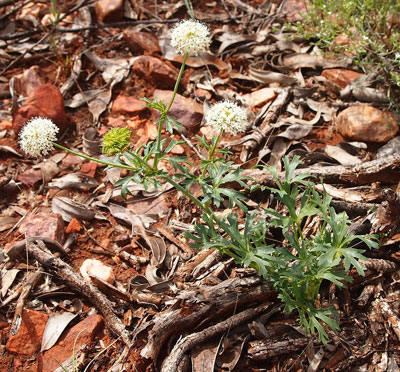
Photo by: Mark Marathon
Taking the cut flowers indoors is like creating a garden in your home. The majority of the cut flowers decay with time, but certain cut flowers last longer in vases. The life of the cut flowers depends on the way you take care of them. Provide sufficient opportunity for the stems of the cut flowers to draw enough water into them.

Having discovered a fondness for insects while pursuing her degree in Biology, Randi Jones was quite bugged to know that people usually dismissed these little creatures as “creepy-crawlies”.

